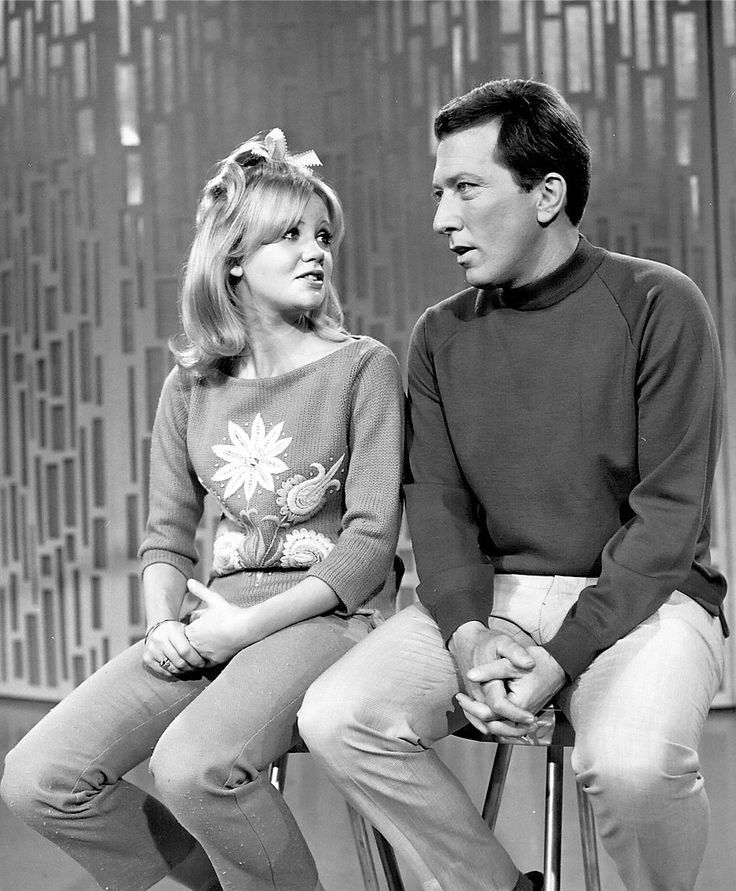Song Information
“It’s the Most Wonderful Time of the Year” is one of the most iconic holiday songs in American music history. Written in 1963 by Edward Pola and George Wyle, the song was recorded and released by Andy Williams on his first Christmas album, The Andy Williams Christmas Album, the same year. Although many Christmas standards existed before its release, Williams’s rendition quickly became one of the most played and beloved. Over the decades, the track has become synonymous with the holiday season, often ranking alongside classics such as Bing Crosby’s “White Christmas.” Today, the song continues to resurface annually on radio stations, streaming platforms, and holiday playlists, solidifying Andy Williams as the “Voice of Christmas.”
Song Content
The lyrics of “It’s the Most Wonderful Time of the Year” paint a vivid and joyful picture of the holiday season. From the opening lines, the listener is immersed in a festive world filled with cheer, laughter, and togetherness. The song celebrates the traditions that define Christmas: gatherings with loved ones, sharing stories, exchanging gifts, and enjoying the warmth of hospitality. Williams’s soaring vocals emphasize the jubilant atmosphere, creating an immediate connection with listeners.

The song also captures the spirit of nostalgia that accompanies Christmas. By mentioning “kids jingle belling” and “caroling out in the snow,” the lyrics transport audiences to a simpler time when the season was filled with innocence and childlike wonder. This blend of tradition and sentiment makes the song timeless.
Above all, the track is less about religious devotion and more about universal joy and human connection. It is a celebration of community, family bonds, and the happiness found in shared experiences. For many, hearing the familiar melody signals that the holiday season has truly begun.
Explanation of the Underlying Message
While “It’s the Most Wonderful Time of the Year” sounds like a straightforward Christmas anthem, its underlying theme is broader than seasonal festivity. The song speaks to a deep human need for joy and unity, especially during times of hardship or uncertainty. In 1963, when the song was first released, America was experiencing social and political turbulence, including the tragic assassination of President John F. Kennedy. Against that backdrop, Williams’s cheerful anthem offered comfort, reminding people of the strength found in family and tradition.
Another interesting layer lies in the contrast between the idealized holiday portrayed in the song and the reality many people face. Not everyone experiences Christmas as “the most wonderful time.” Loneliness, financial struggles, or loss can cast a shadow on the season. The enduring popularity of the song can therefore be explained not only by its cheer but also by its aspirational quality—it gives listeners a vision of the holiday as it could or should be.
In this way, Andy Williams’s performance is more than just music. It serves as an annual reminder of hope, joy, and the possibility of shared happiness, even in difficult times.